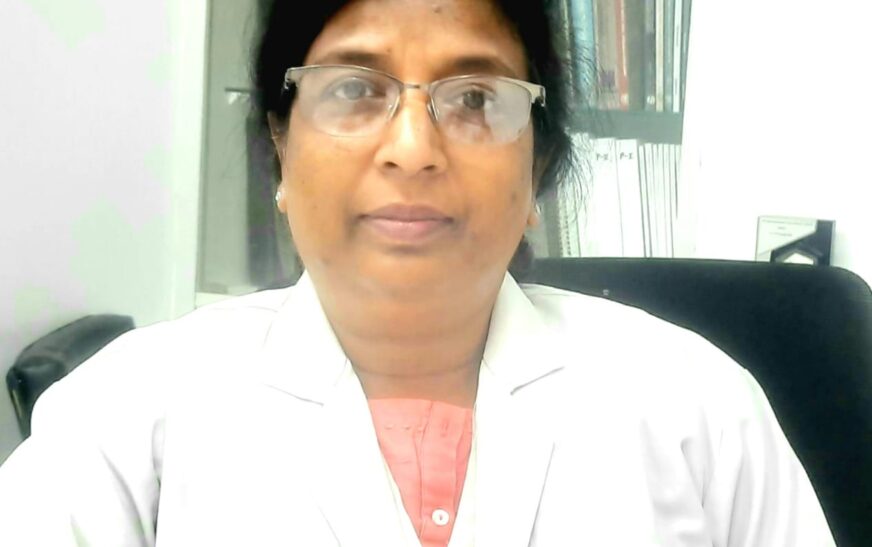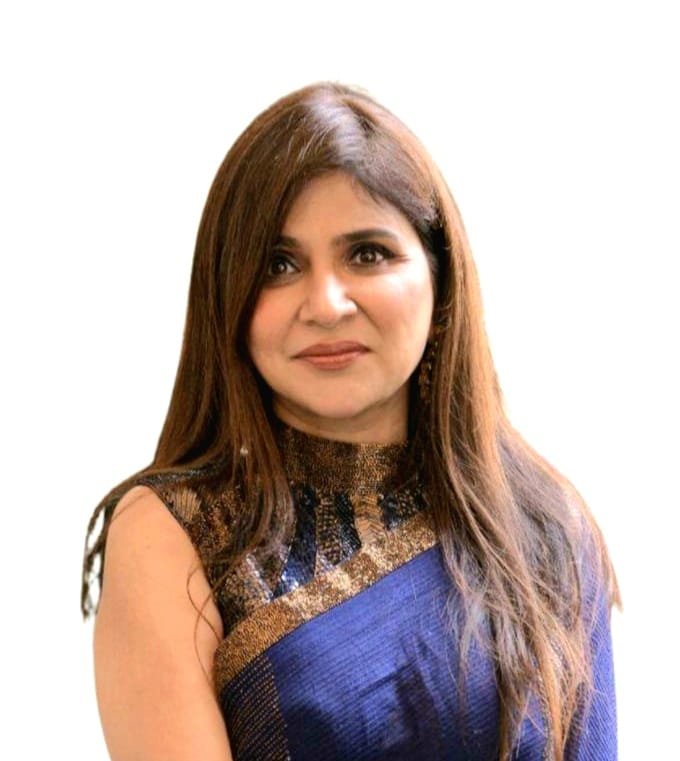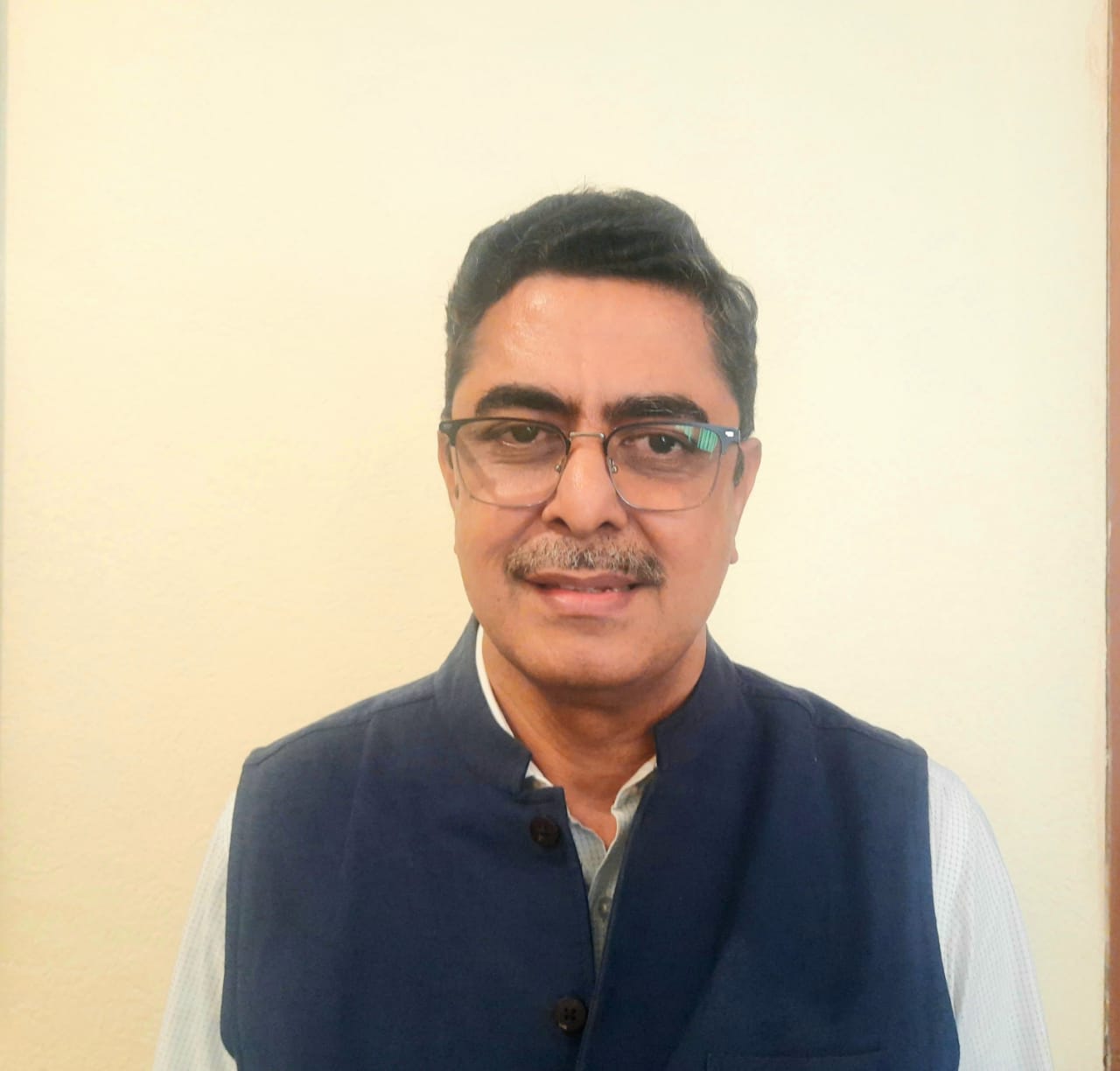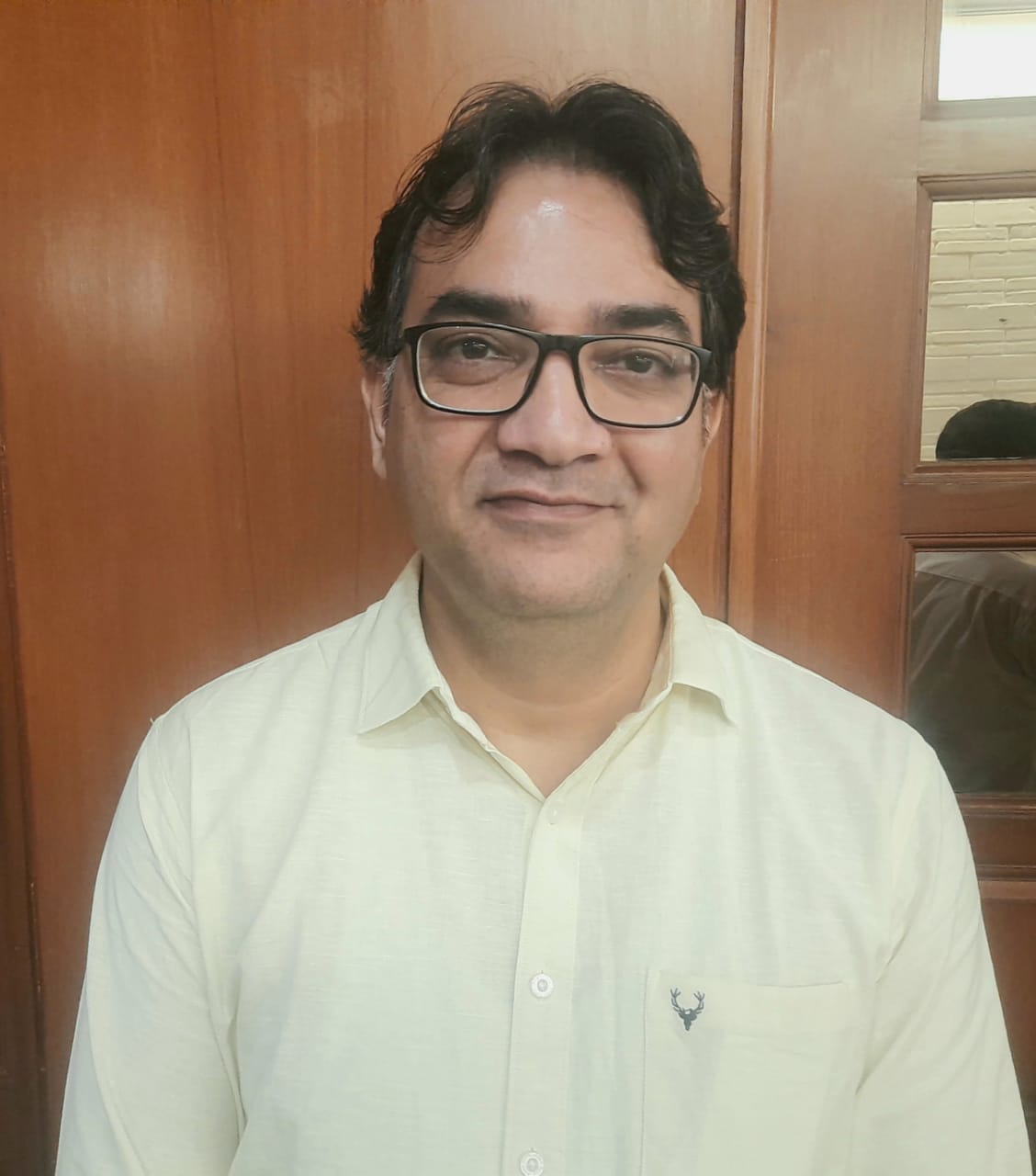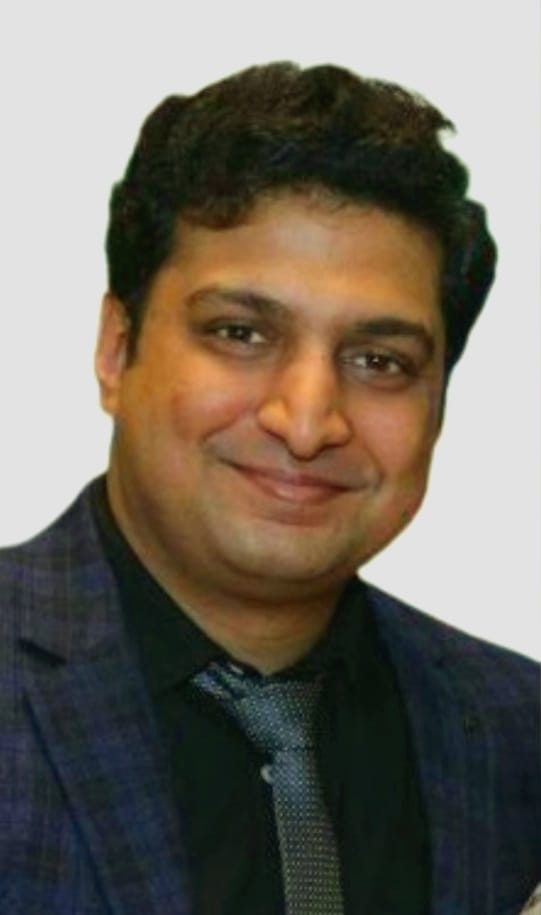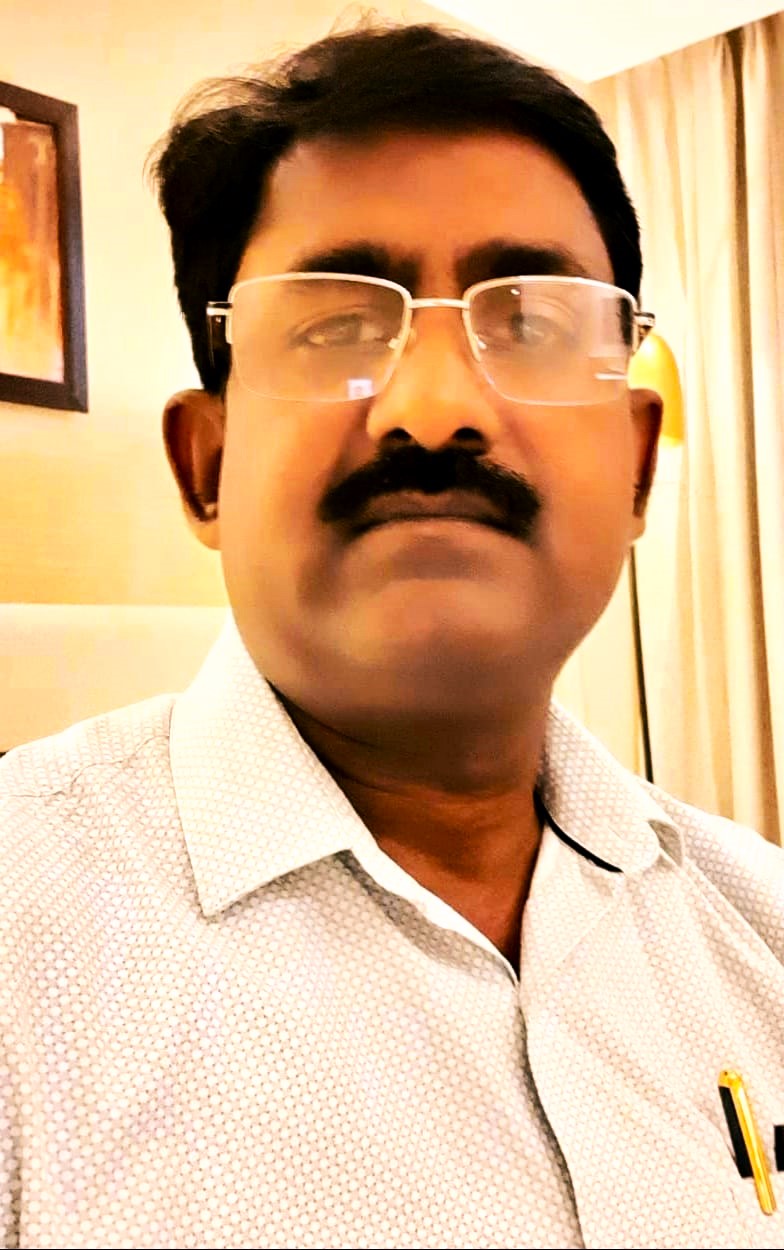Prosthodontics represents vital pillars in modern medical practices, seamlessly blending artistry with science to restore both function and aesthetics to patients facing complex dental and facial challenges. Prosthodontics specializes in the restoration and replacement of teeth, utilizing advanced techniques like dental implants, bridges, and dentures to recreate natural smiles and improve oral health.
The importance of these specialties in contemporary medicine has significance. Beyond merely enhancing appearance, they significantly impact patients’ ability to speak, eat, and socialize comfortably. Moreover, with the rising prevalence of dental disorders, craniofacial anomalies, and traumatic injuries, the demand for skilled prosthodontists and maxillofacial surgeons continues to grow.
In an exclusive exchange with The Interview World, Dr. Veena Jain, Professor and HoD of Prosthodontics at the Centre for Dental Education and Research, AIIMS, delves into the crucial disparities between Prosthodontics and Maxillofacial surgery. She discusses the prevalent conditions for which patients typically consult these specialized practitioners, emphasizing the remarkable strides in surgical technology. Moreover, she advocates for reserved patients to explore local hospitals for these procedures. Here are the pivotal highlights from her enlightening discussion.
Q: Can you explain the difference between Prosthodontics and Maxillofacial surgery and how they intersect in your practice?
A: Maxillofacial prosthodontics, a specialized branch within the broader field of prosthodontics, focuses on the comprehensive rehabilitation of various defects, encompassing both internal and facial structures. When it comes to addressing conditions requiring rehabilitation, such as post-surgical cases stemming from trauma, congenital anomalies, or surgical interventions for conditions like tumors or cancer, the expertise of a maxillofacial prosthodontist is invaluable. They possess the skills and knowledge necessary to reconstruct missing or damaged parts, restoring both function and aesthetics for patients in need.
Q: What are some common conditions or issues that patients seek your expertise for?
A: Most patients present with both internal and facial defects. Amid the COVID era, many individuals have undergone maxillary resections, oftentimes involving both maxillae, due to mucormycosis infection.
A maxillofacial prosthodontist manages these patients. Additionally, there are cases where patients have suffered extenuated or complete loss of eyes, noses, or ears, stemming from cancer, trauma, or various other causes. Maxillofacial prosthodontists excel in rehabilitating such patients through the use of specialized prostheses.
Patients can remove these prostheses overnight and reapply them in the morning, maintaining them throughout the day.
In instances where the maxilla or other facial structures such as the ear, eye, or nose have been resected, even parts of the cheek may be affected, necessitating prosthetic or maxillofacial rehabilitation.
Q: What advancements in technology or techniques have had the biggest impact on your field in recent years?
A: Initially, we relied on various types of adhesive to secure these prostheses in place, whether with the assistance of spectacles or bands. However, the latest advancement in the field now enables us to retain these prostheses using dental implants. Specifically designed for oral use, these implants are slightly larger in size.
When considering facial prostheses, such as those for the eye, nose, or ear, we utilize similar implants, albeit with a smaller diameter. These implants serve as anchors for securing the prosthesis. The introduction of these smaller implants, along with refined placement techniques tailored for the delicate facial bones, marks a significant advancement. Given the thin nature of the facial bone structure, this latest technique allows for successful patient rehabilitation.
In terms of prosthetic material, we employ room-temperature vulcanizing silicone for fabrication. While these silicones are effective for patient rehabilitation, it’s essential to note the impact of climate, particularly in warmer regions like India. In such environments, these prostheses typically last for one to one and a half years before requiring repacking.
Q: What advice do you have for patients who may be nervous or apprehensive about undergoing Prosthodontic or Maxillofacial Surgery procedures?
A: When crafting prostheses, we provide patients with molds to ensure that they can be precisely fitted. This approach not only enables the prostheses for easy replacement within the same patient but also helps in cost control. Additionally, in cases where patients have internal defects such as resected upper jaws or mandibles, traditional removable prostheses were initially the only option for rehabilitation. However, there are instances where rehabilitation seems impossible due to lack of supporting structures.
Fortunately, advancements in implant technology have transformed these scenarios. Implants can now be placed in various facial bones, such as the zygomatic or pterygoid bones, allowing for secure prosthesis attachment. This significantly enhances the patient’s ability to eat, speak, and smile, thereby facilitating their respectable reintegration into society. It’s crucial to emphasize the significance of rehabilitating these patients, as often, neither the maxillofacial surgeon nor the operating surgeon fully grasp the possibilities offered by maxillofacial prosthodontics.
Furthermore, maxillofacial surgeons must consult with prosthodontists before surgery. This collaboration ensures that any necessary modifications can be incorporated into the surgical plan, resulting in prostheses that are not only aesthetically pleasing but also functionally and comfortably viable for the patient.
The cornerstone of successful patient rehabilitation lies in meticulous treatment planning aligned with the patient’s needs and perspective. It’s essential to stress that patients should seek treatment from nearby maxillofacial prosthodontists or surgeons, as the nature of these treatments often necessitates frequent visits due to the short lifespan of materials. Thus, proximity to a specialist can greatly facilitate ongoing care and maintenance.
Q: What is the prevalence of this surgery nationwide, and are facilities offering it more concentrated in type 2 and type 3 cities?
A: Maxillofacial prosthodontics undergoes continual evolution. Presently, it remains inaccessible in smaller cities, as well as type 2 and type 3 cities. The expertise of maxillofacial prosthodontists predominantly resides in type 1 cities. This specialization demands meticulous precision due to the costly nature of the rehabilitation materials utilized. Moreover, these materials possess a short lifespan, discouraging widespread adoption due to their frequent expiration.
Q: How are these molds integrated into the solution or structure you provide—are they detachable or implanted?
A: These prostheses vary in design: some are detachable, while others, like implants, are permanently affixed to the bone. The choice of bone depends on factors such as the specific type of prosthesis needed and the area of the body it will serve. To connect the implant and the prosthesis, we utilize an attachment system akin to a ‘stitch and button’ mechanism. Essentially, one end of the ‘stitch’ attaches to the implant while the other end connects to the prosthesis. This configuration allows patients to effortlessly affix and detach the prosthesis as needed.
Q: How should a patient who has experienced a severe head-on accident prioritize medical care? Is it advisable to seek immediate treatment from a neurosurgeon, or should they also consider consulting with a prosthodontist concurrently?
A: When a patient sustains severe injuries from an accident, prioritizing life-saving measures becomes paramount, especially when the brain or cranium is affected. In such critical scenarios, neurosurgeons undertake the necessary surgical interventions, often involving maxillofacial reconstruction to address any damage to the maxilla.
Typically, if reconstruction is deemed necessary, it is scheduled for a second stage of surgery. During this period, consultations with prosthodontics and maxillofacial prosthodontics may occur to ensure comprehensive planning before proceeding with the second stage.
In these situations, the primary focus remains on saving the patient’s life and restoring functionality. Surgical reconstruction, whether of the maxilla or any affected facial structures, is predominantly carried out during the second stage of surgery.


